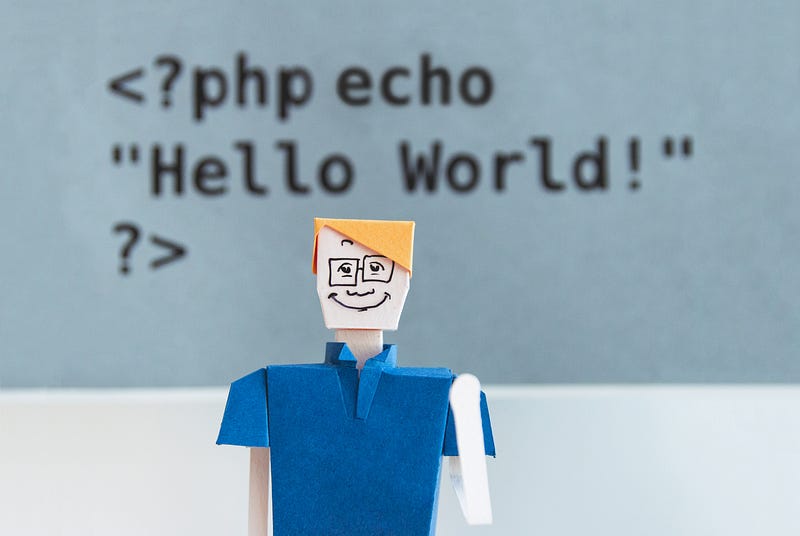In Chamberlain v. Techtronic the Federal circuit held that a movable barrier operator (e.g., garage door opener) based invention was an abstract idea that failed the Alice test. The claim in question:
1. A movable barrier operator comprising:
a controller having a plurality of potential operational status conditions defined, at least in part, by a plurality of operating states;
a movable barrier interface that is operably coupled to the controller;
a wireless status condition data transmitter that is operably coupled to the controller, wherein the wireless status condition data transmitter transmits a status condition signal that:
corresponds to a present operational status condition defined, at least in part, by at least two operating states from the plurality of operating states; and comprises an identifier that is at least relatively unique to the movable barrier operator, such that the status condition signal substantially uniquely identifies the movable barrier operator.
Alice’s Step 1:
The court noted that “the specification admits that the act of transmitting data wirelessly is ‘well understood in the art,’ and no other changes to the generically claimed movable barrier operator are recited in the asserted claims or described in the specification.” It further notes that the invention was “… rather simply a feature of wireless communication, which the specification explains was already a basic, conventional form of communication.”
Applying step 2a of Alice, the court held that:
Without more, the mere physical nature of CGI’s claim elements (e.g., controller, interface, and wireless data transmitter) is not enough to save the claims from abstractness, where the claimed advance is directed to the wireless communication of status information using off-the-shelf technology for its intended purpose. See In re Marco Guldenaar Holding B.V., 911 F.3d 1157, 1161 (Fed. Cir. 2018).
Alice’s Step 2:
The court noted that “the specification describes each individual element of the asserted claims—including the controller, the inter-face, and the wireless data transmitter—as “well under-stood in the art.” These conventional components, all recited in a generic way, are no better equipped to save the claim from abstractness than were, for example, the conventional computer used in Alice or the scanner used in Content Extraction & Transmission LLC v. Wells Fargo Bank, National Ass’n, 776 F.3d 1343, 1347 (Fed. Cir. 2014).
Applying the step 2b analysis the court stated:
The appropriate question is not whether the entire claim as a whole was “well-understood, routine [and] conventional” to a skilled artisan (i.e., whether it lacks novelty), but rather, there are two distinct questions: (1) whether each of “the [elements] in the claimed [product] (apart from the natural laws themselves) involve well-understood, routine, conventional activity previously engaged in by researchers in the field,” and (2) whether all of the steps “as an ordered combination add[] nothing to the laws of nature that is not already present when the steps are considered separately.” In other words, beyond the idea of wirelessly communicating status information about a movable barrier operator, what elements in the claim may be regarded as the “inventive concept”? This analysis applies to both system and method claims. Alice, 573 U.S. at 226.
Thus, the court held that the combination of conventionally known elements did not provide significantly more than an abstract idea. While there are many posts criticizing the federal circuit’s decision, it is our belief that this case should be taken as an educational “eye-opener.” The bar to patent software requires technical elements claimed in the invention and thus this matter highlights how a weakly written specification can be detrimental to the patent owner’s rights. Therefore, inventors should be careful when selecting a patent attorney. Simply having an attorney who “understands” computers at a theoretical level is not enough, but rather one should choose an attorney who has practical experience in the field.
About the Author:
Software patent attorney Rohit Chhabra has assisted numerous clients with technology related inventions.
